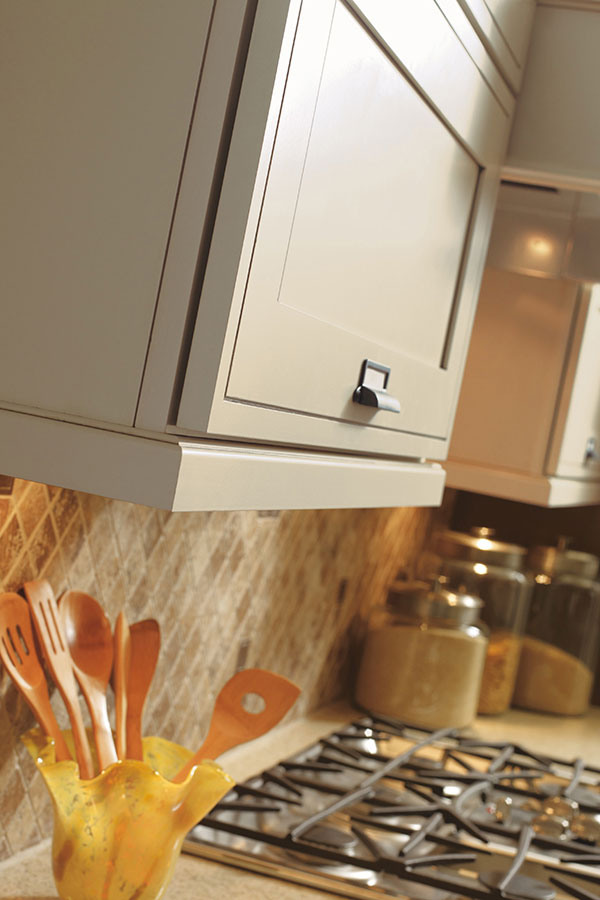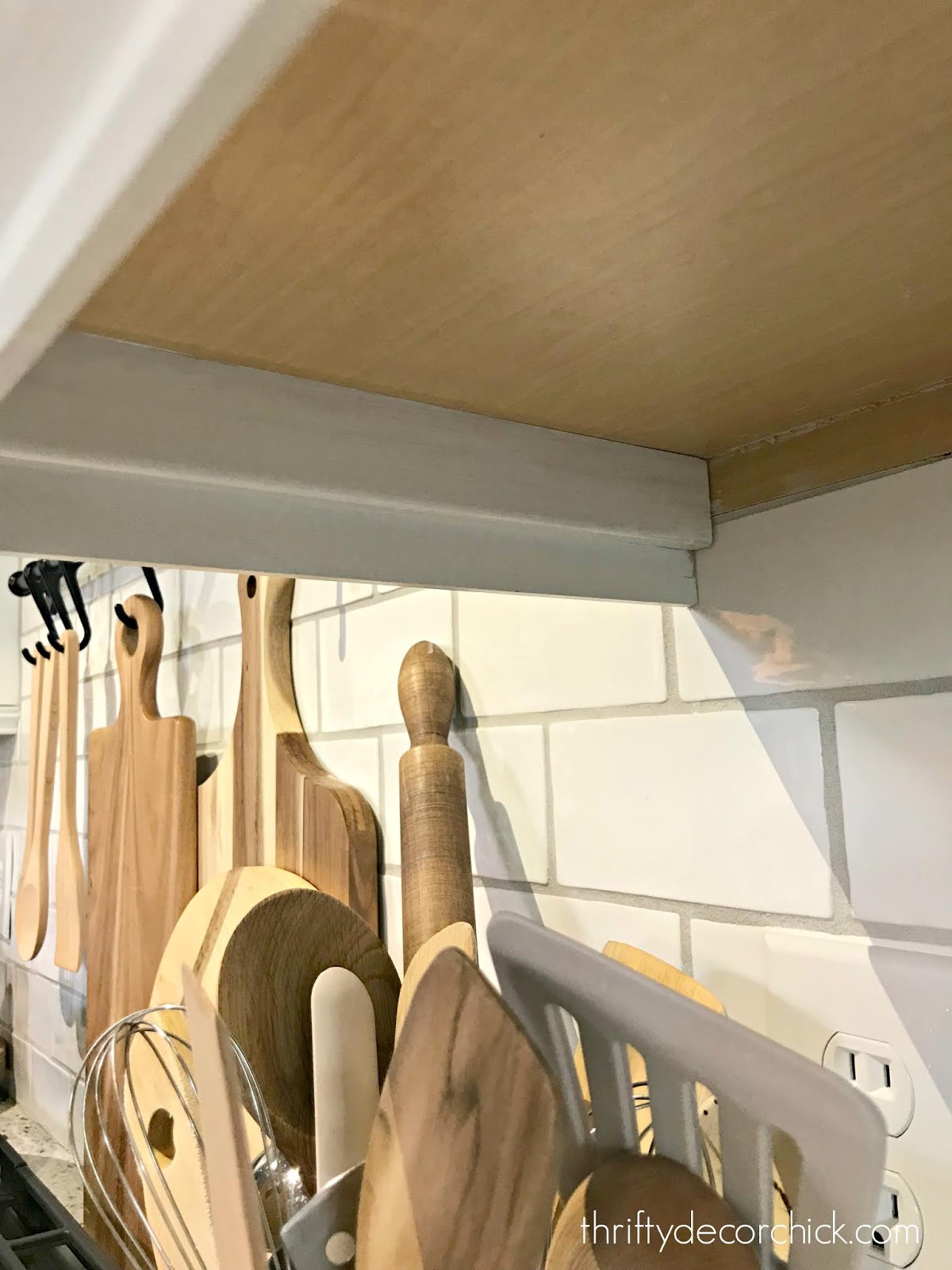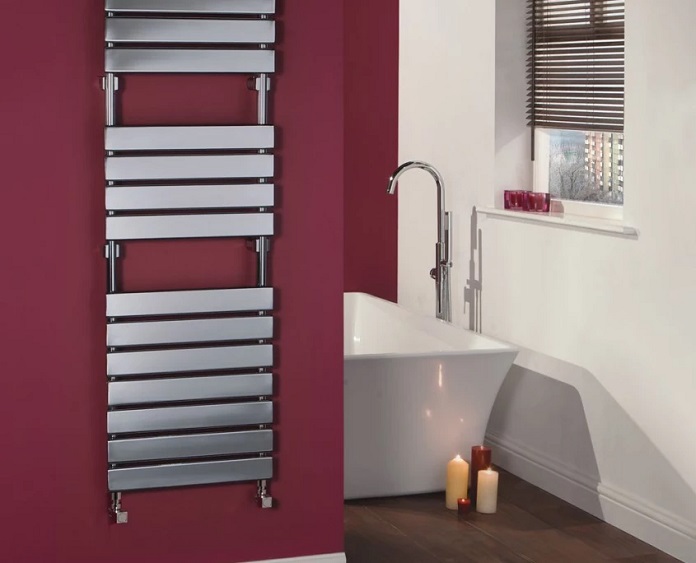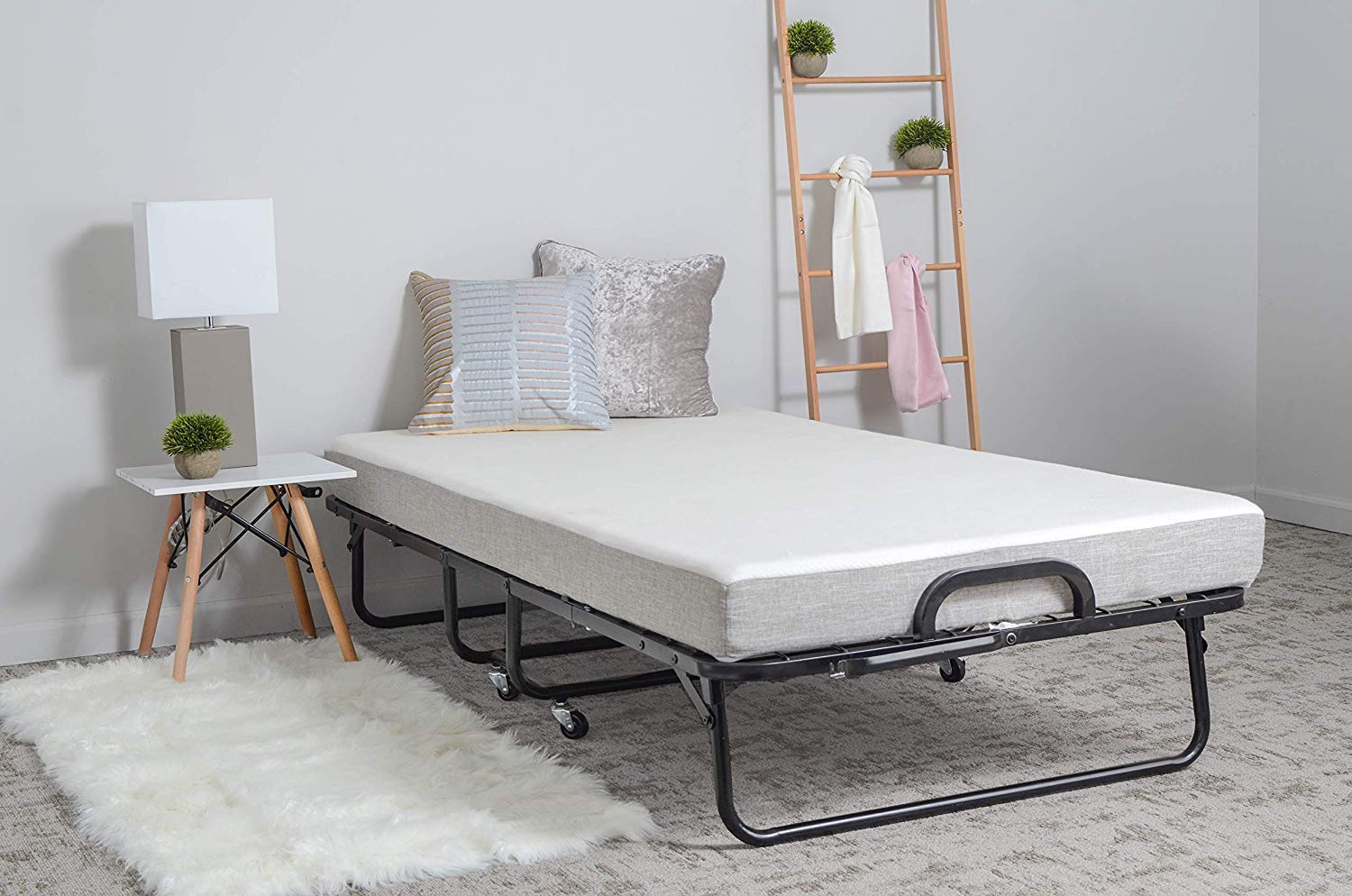One of the best ways to add a touch of elegance and functionality to your kitchen cabinets is by installing a light rail. This thin strip of molding is installed at the bottom of your upper cabinets, creating a seamless transition between your cabinets and the wall. Not only does it enhance the overall look of your kitchen, but it also has practical benefits such as hiding under cabinet lighting and protecting the cabinets from spills and splatters.Installing a Light Rail in Your Kitchen
Installing a light rail may seem like a daunting task, but with the right tools and a little bit of know-how, it can be a simple DIY project. The first step is to measure the length of your upper cabinets and cut the light rail molding to the appropriate size. Next, attach the molding to the bottom of the cabinets using wood screws. To ensure a secure hold, it is recommended to also use construction adhesive. Once the molding is in place, you can paint or stain it to match your cabinets for a seamless look.How to Install a Light Rail for Your Kitchen Cabinets
Light rail molding comes in a variety of materials such as wood, MDF, and PVC. Each material has its own benefits and can be chosen based on your personal preference and budget. Wood molding offers a classic and elegant look, while MDF and PVC are more affordable and easier to maintain. Whichever material you choose, make sure it is properly sealed and finished to withstand the moisture and heat in the kitchen.Light Rail Molding for Kitchen Cabinets
If you already have existing kitchen cabinets but want to add a light rail for aesthetic or practical purposes, it is still possible to do so. You can either attach the light rail directly to the bottom of the cabinets or use a mounting bracket to raise it slightly for a more dramatic effect. This is a great option for those looking to give their kitchen a quick and budget-friendly makeover.Adding a Light Rail to Your Kitchen Cabinets
As mentioned earlier, installing a light rail can be a DIY project. However, if you are not confident in your skills or do not have the necessary tools, it is best to leave it to the professionals. Improper installation can result in a crooked or unstable light rail, which defeats the purpose of enhancing the look of your kitchen cabinets.DIY Light Rail for Kitchen Cabinets
Aside from the aesthetic appeal of a light rail, there are also practical benefits to consider. As mentioned earlier, it can hide under cabinet lighting, creating a more seamless and cohesive look. It also helps to protect your cabinets from spills and splatters, extending their lifespan. Additionally, it can also serve as a handle for easy opening and closing of the cabinet doors.Benefits of Installing a Light Rail in Your Kitchen
When it comes to light rail options, the possibilities are endless. You can choose from a simple and straight design for a modern look or opt for a more decorative and intricate one for a traditional or vintage feel. You can also choose from a variety of finishes such as wood, metal, or even glass to add a touch of uniqueness to your kitchen cabinets.Light Rail Options for Your Kitchen Cabinets
Choosing the right light rail for your kitchen cabinets can seem overwhelming with so many options available. However, the key is to consider the overall style and design of your kitchen. For a sleek and modern look, go for a simple and straight light rail. For a more traditional or country-style kitchen, opt for a decorative and ornate design. You can also consider the material and finish to complement your kitchen cabinets and overall theme.How to Choose the Right Light Rail for Your Kitchen
To ensure a successful light rail installation, here are some tips to keep in mind:Light Rail Installation Tips for Your Kitchen Cabinets
When it comes to adding a finishing touch to your kitchen cabinets, you may be torn between a light rail and crown molding. While both options offer a polished and elegant look, there are some differences to consider. Light rail is typically installed at the bottom of upper cabinets, while crown molding goes at the top of the cabinets. Light rail is also thinner and more subtle, while crown molding is wider and more decorative. Ultimately, it comes down to personal preference and the overall style of your kitchen. In conclusion, installing a light rail in your kitchen can enhance the overall look and functionality of your cabinets. With the right materials, proper installation, and a touch of creativity, you can transform your kitchen into a space that is both stylish and practical.Light Rail vs. Crown Molding for Kitchen Cabinets
The Benefits of Incorporating Light Rail in Kitchen Design

Revolutionize Your Kitchen with Light Rail
 One of the most important aspects of house design is the kitchen. It is the heart of the home, where families gather to cook, eat, and spend quality time together. As such, it is crucial to have a functional and aesthetically pleasing kitchen. This is where the concept of light rail comes in.
Light rail in kitchen design
is becoming increasingly popular among homeowners and for good reason. This innovative addition not only enhances the overall look of your kitchen but also offers a range of practical benefits.
One of the most important aspects of house design is the kitchen. It is the heart of the home, where families gather to cook, eat, and spend quality time together. As such, it is crucial to have a functional and aesthetically pleasing kitchen. This is where the concept of light rail comes in.
Light rail in kitchen design
is becoming increasingly popular among homeowners and for good reason. This innovative addition not only enhances the overall look of your kitchen but also offers a range of practical benefits.
What is Light Rail?
 Before we dive into the benefits, let's first understand what light rail is. Simply put, it is a thin strip of lighting installed under the upper cabinets of your kitchen. It provides a soft, ambient light that illuminates the countertop below, making it easier to see while cooking or preparing food.
Light rail
can also be used to highlight specific areas or add a touch of warmth to your kitchen.
Before we dive into the benefits, let's first understand what light rail is. Simply put, it is a thin strip of lighting installed under the upper cabinets of your kitchen. It provides a soft, ambient light that illuminates the countertop below, making it easier to see while cooking or preparing food.
Light rail
can also be used to highlight specific areas or add a touch of warmth to your kitchen.
Maximize Space and Functionality
 One of the main benefits of
incorporating light rail in kitchen design
is the space-saving aspect. By installing
light rail
under the upper cabinets, you free up valuable counter space that would have otherwise been taken up by bulky overhead lights. This creates a more streamlined and clutter-free kitchen, making it easier to work and move around. Moreover,
light rail
can be installed in different areas of the kitchen, such as under the island, inside cabinets, or even under shelves, maximizing functionality to its fullest potential.
One of the main benefits of
incorporating light rail in kitchen design
is the space-saving aspect. By installing
light rail
under the upper cabinets, you free up valuable counter space that would have otherwise been taken up by bulky overhead lights. This creates a more streamlined and clutter-free kitchen, making it easier to work and move around. Moreover,
light rail
can be installed in different areas of the kitchen, such as under the island, inside cabinets, or even under shelves, maximizing functionality to its fullest potential.
Elevate the Aesthetics
 Gone are the days of traditional, boring kitchen lighting. With
light rail
, you can add a touch of modernity and sophistication to your kitchen. It comes in a variety of styles, from simple and understated to more decorative and statement-making. This allows you to
customize
the look of your kitchen
light rail
to match your personal style and overall house design. Plus, the soft glow of
light rail
creates a warm and inviting atmosphere, perfect for entertaining guests.
Gone are the days of traditional, boring kitchen lighting. With
light rail
, you can add a touch of modernity and sophistication to your kitchen. It comes in a variety of styles, from simple and understated to more decorative and statement-making. This allows you to
customize
the look of your kitchen
light rail
to match your personal style and overall house design. Plus, the soft glow of
light rail
creates a warm and inviting atmosphere, perfect for entertaining guests.
Energy Efficient and Cost-Effective
 In addition to its practical and aesthetic benefits,
incorporating light rail in kitchen design
is also a smart and eco-friendly choice.
Light rail
uses LED lights, which are known for their energy efficiency and longevity. This means you can enjoy a beautifully lit kitchen without worrying about high electricity bills or frequent light replacements.
Light rail
is also relatively affordable compared to other lighting options, making it a cost-effective choice for homeowners.
In addition to its practical and aesthetic benefits,
incorporating light rail in kitchen design
is also a smart and eco-friendly choice.
Light rail
uses LED lights, which are known for their energy efficiency and longevity. This means you can enjoy a beautifully lit kitchen without worrying about high electricity bills or frequent light replacements.
Light rail
is also relatively affordable compared to other lighting options, making it a cost-effective choice for homeowners.
Upgrade Your Kitchen Today
 In conclusion,
light rail in kitchen design
is a game-changer for any homeowner looking to elevate the look and functionality of their kitchen. From maximizing space and adding a touch of style to being energy efficient and cost-effective, it's a win-win situation. So why wait? Upgrade your kitchen with
light rail
today and see the difference it can make.
In conclusion,
light rail in kitchen design
is a game-changer for any homeowner looking to elevate the look and functionality of their kitchen. From maximizing space and adding a touch of style to being energy efficient and cost-effective, it's a win-win situation. So why wait? Upgrade your kitchen with
light rail
today and see the difference it can make.



























































